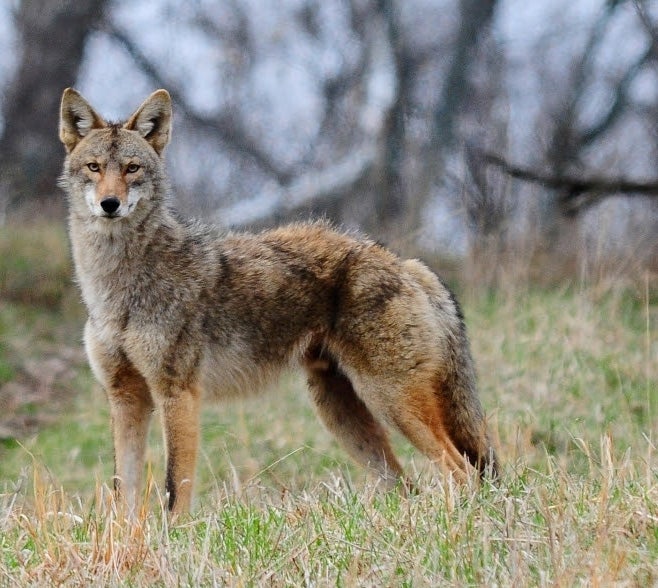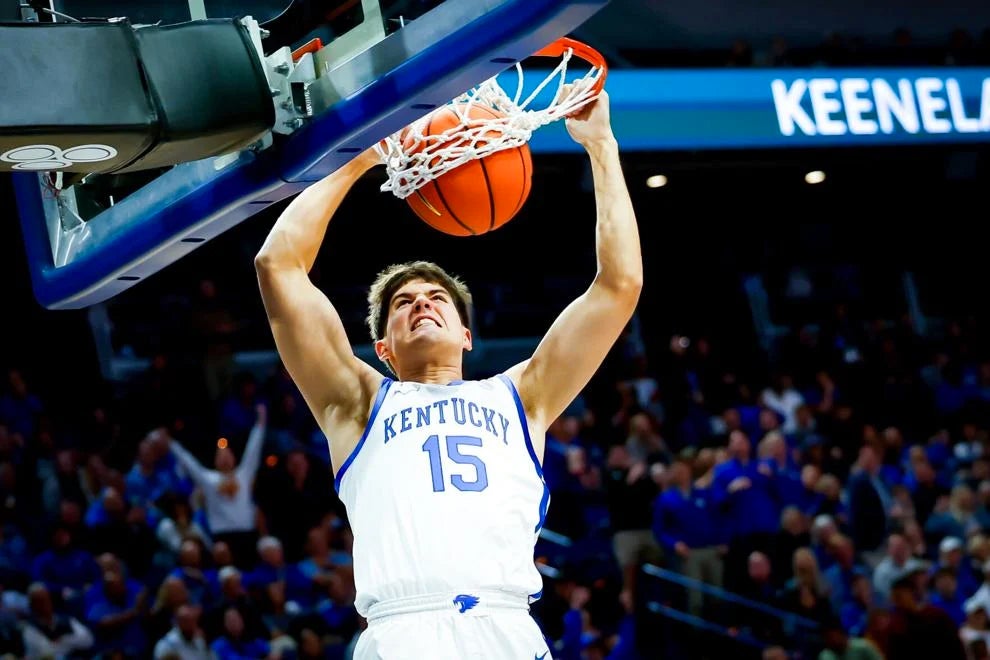Coyote sightings are up during winter
Published 12:42 pm Thursday, February 23, 2023

- Coyotes are more visible during mating season. Kentucky Department of Fish and Wildlife Resources photo
|
Getting your Trinity Audio player ready...
|
BY SARAH LADD
The Kentucky Lantern
During coyote mating season Kentucky Department of Fish and Wildlife Resources officials say there are more sightings both in cities and the country.
The winter mating season is in its peak this month and will continue through March.
“Coyote sightings typically increase this time of year when they are mating, and through July when they are raising pups,” Laura Palmer, wildlife biologist for the department, said in a statement Friday. “Human conflicts can be avoided by having a basic understanding of these wild animals.”
Coyotes are typically brown, gray or tan and weigh anywhere from 15 to 46 pounds, according to A-Z Animals. They have pointy ears and noses and long tails.
They can run as fast as 40 miles per hour and prey on rabbit, mice, and deer, per A-Z.
“Most coyotes do not bother people, livestock or pets,” the department says, “and most people do not even know coyotes are living near their homes.”
Kentucky Fish and Wildlife has recommendations for those who encounter a coyote — and how to avoid one:
• Do not panic if you see a coyote.
• Do not turn your back on it or run.
• If you see a coyote, start making loud noises. Wave arms or otherwise make yourself appear larger.
• Remove all potential food sources, clean grills and remove grease traps, secure garbage, and be extra vigilant with pets that may be seen as prey or competition. Coyotes will take advantage of easily accessible food.
• Plug holes under fences, block access to crawl spaces.
• Fence around yards and gardens.
• Check outdoors to make sure there are no coyotes before letting dogs or other pets outside.
• When walking a dog, use a short, non-retractable leash that is highly visible.
• Vary your walking routine. Do not let a dog chase or “play” with a coyote.
• Do not leave pet food outside. Never feed coyotes or other wild animals.
“Coyotes are curious by nature and sometimes follow people or dogs to see what they are doing in their territories,” Palmer said, “or to see that they do not get too close to their dens and pups.”
Coyotes are more visible during mating season. Kentucky Department of Fish and Wildlife Resources photo





